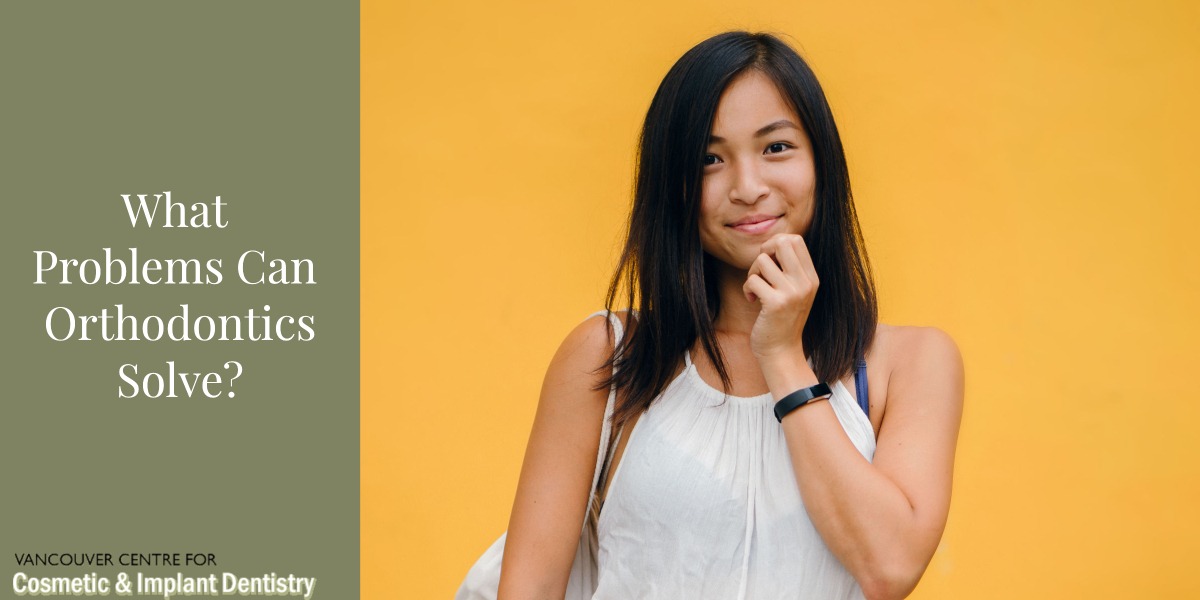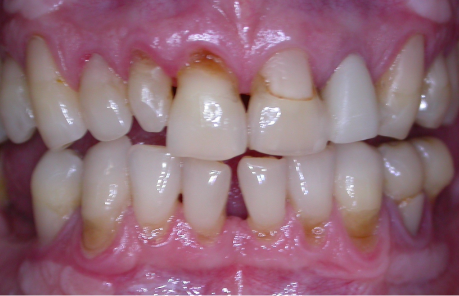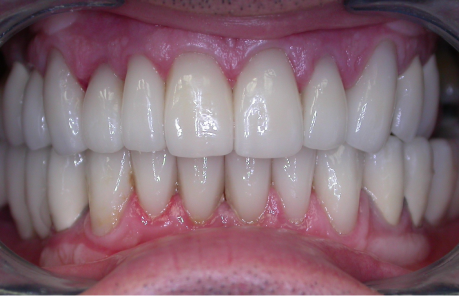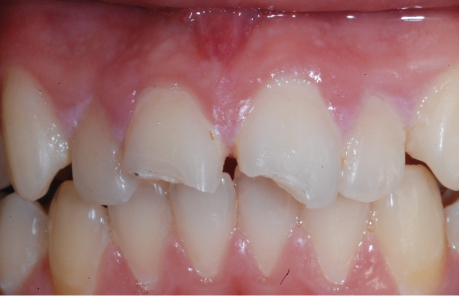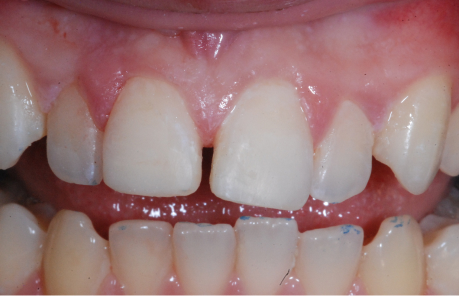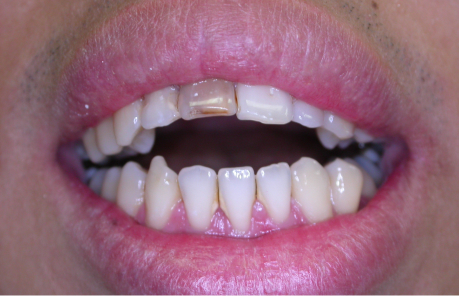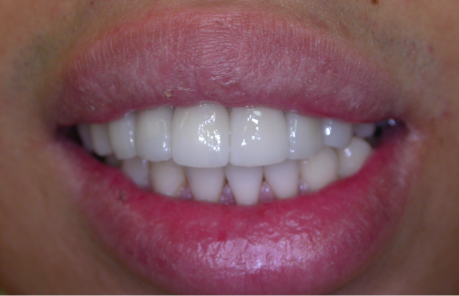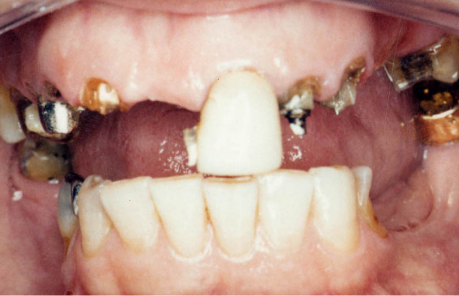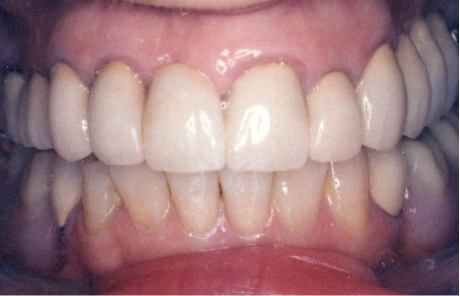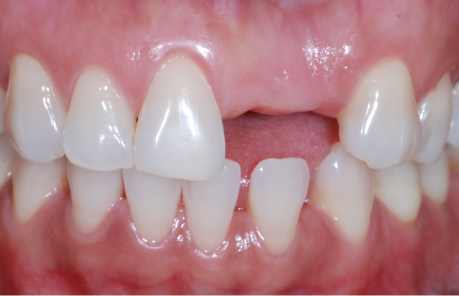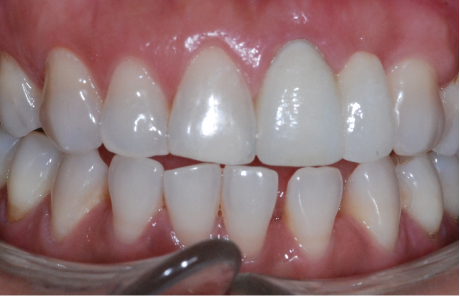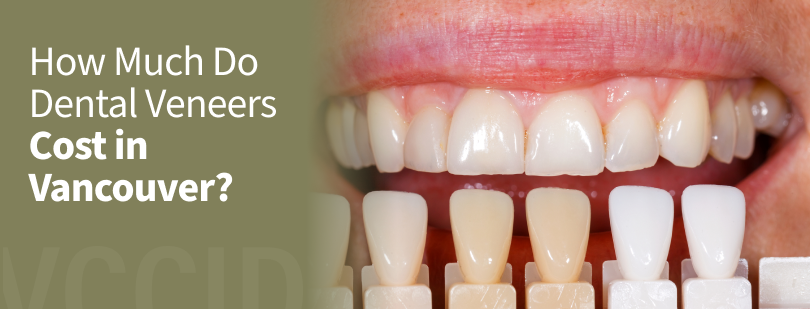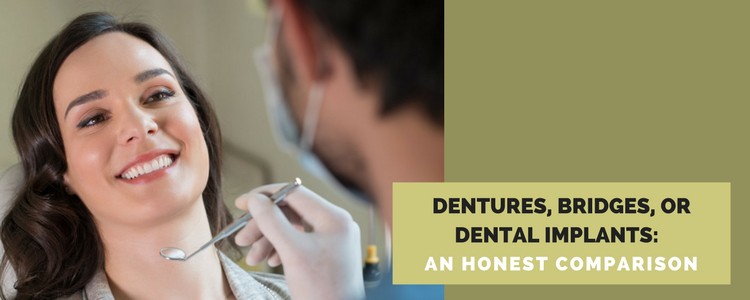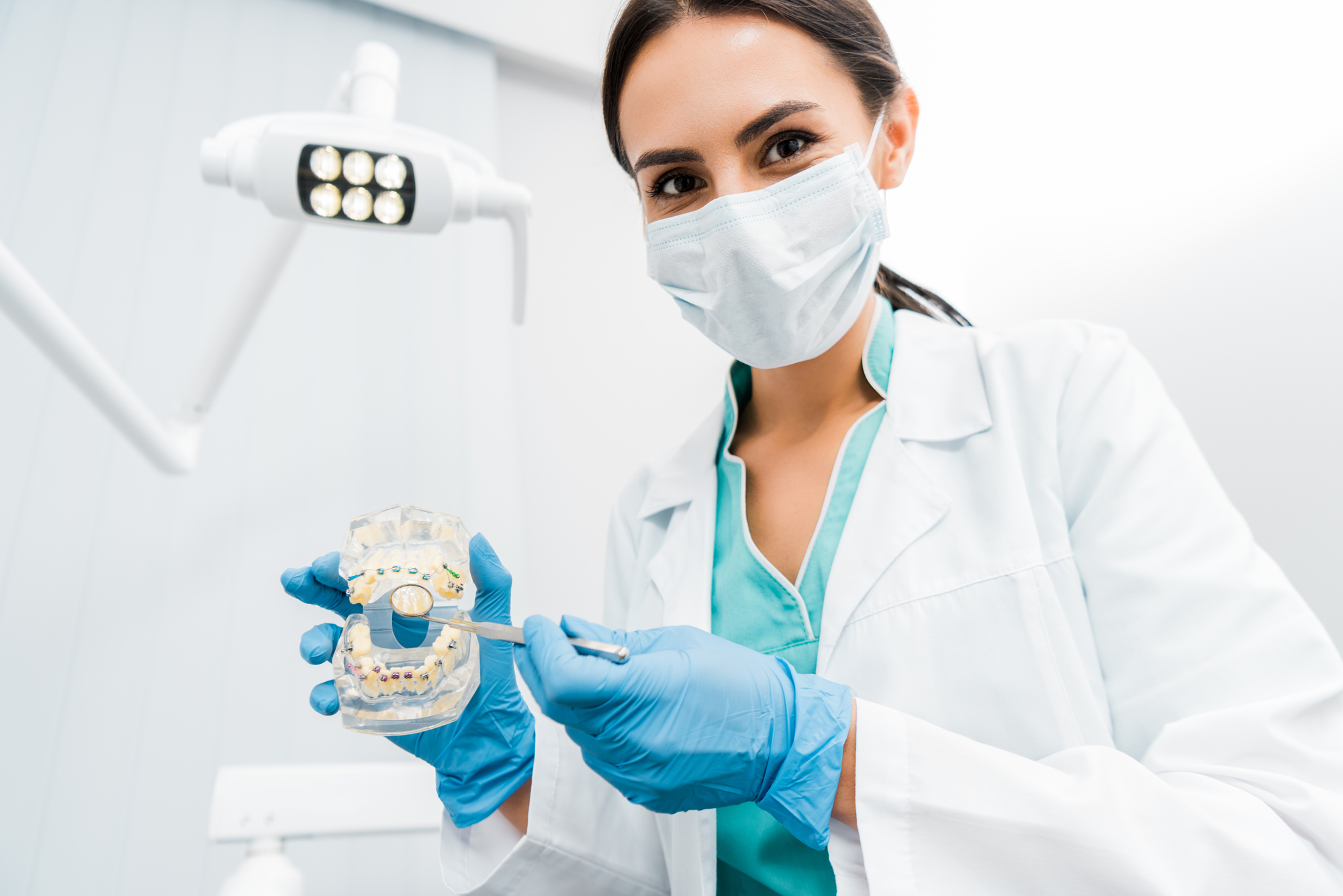Orthodontics is a sector of dentistry that can correct the position of your teeth and jaw. Orthodontics covers a variety of treatment options and can solve various problems, depending on the situation. In general, orthodontic treatments resolve problems related to crooked teeth, open or closed bites and more complex oral misalignment.
Orthodontic treatments can be combined with cosmetic or implant dentistry to dramatically transform the functionality and appearance of your smile. Learn more about the problems our orthodontic treatments can solve in this article.
1. A Misaligned Bite
Open Bite
An open bite occurs when your teeth do not fully close in the front of your mouth. Essentially, your front teeth do not touch when your mouth is closed. Open bites can put more pressure on your back teeth over time, causing them to wear down and become damaged. Often the key orthodontic treatment for an open bite is braces. Open bites can progressively worsen over time and can cause severe wear to the molars if not addressed by an orthodontist.
Some of the causes of anterior open bites are nasal obstruction. During sleep a person with nasal obstruction cannot breathe through their nose, therefore, they breathe through their mouths, with their mouth slightly open. This can cause the back teeth to over-erupt and create an open bite in the front. Similarly, others have what is called an anterior tongue thrust.
Upon swallowing these people push their tongue forward against and in between the upper and lower teeth. This prevents the anterior teeth from erupting into their final position. For this reason, the underlying causes need to also be addressed or the problem will return even after the orthodontics is completed.
Overbite, Overjet, and Underbite Explained
These terms are often confused and misused. Our overbite is the degree to which our upper teeth overlap our lower teeth when we come into a fully closed position. It is measured as a percentage of overlap of the bottom teeth.
Ideally, we should all have some overbite, ~10-30%. However, an excessively deep overbite (~50-100%) is not ideal and can lead to wear on our front teeth and or tmj/tmd issues in the long term. Overjet is the horizontal distance between the front teeth when we are in a fully closed position.
Normal ranges are ~1-2mm. Very large numbers are usually an indication of a very small lower jaw compared to the upper. Negative numbers are an indication of a very large lower jaw compared to the upper.
The term “underbite” is not a true dental term….however, people often use the term to describe the situation when one has a very large lower jaw (ie. negative overjet)
Deep Overbite
A deep overbite is essentially the “opposite” to an open bite. As mentioned above we should all have some overbite, ~10-30%. However, an excessively deep overbite (~50-100%) is not ideal and can lead to wear on our front teeth and or tmj/tmd issues in the long term.
An overbite occurs when the patients’ upper jaw is overly pronounced. It can often be hereditary. An overbite can affect how you eat, smile and speak. Orthodontics can fix an overbite, often with the use of headgear and braces.
Oral surgery or jaw surgery may be required if the overbite is severe. Many people have a slight overbite, and not every overbite needs orthodontic treatment, however, if it inhibits how you eat or speak, you should consult with an orthodontist.
Overjet issues
As mentioned above these issues are often a result of a mismatch in size between our upper or lower teeth. An excessive overjet is where the lower jaw is too small and the person may appear to not have a chin. A negative overbite is often where the lower jaw is too big and the person will appear to have a very large protruding chin.
The cause of many of these issues may be hereditary. However, they can often have an environmental component….the result of bad habits in childhood – for example, excessive thumb sucking, injury to the jaw etc..
Orthodontics is the only way to treat these overjet issues. Because there can be environmental components timing is very critical. Some orthodontic treatment (functional appliances) can influence the growth of the jaws prior to and during puberty. However, in severe cases, oral surgery may be required post-puberty to correct the size/position of either the upper or lower jaw.
Crossbite
A crossbite refers to a mismatch in the width of the teeth. A normal bite is where the upper jaw is a bit larger and wider than the lower jaw. Therefore when biting in a closed position the back molars sit wider than the lower molars, and in the front, the upper teeth overlap the lower teeth.
A posterior crossbite is often a result of a narrow upper jaw and may be the direct result of a prolonged thumb habit as a child. This is best treated in childhood with orthodontics.
Your dentist will use special appliances (palatal expanders) to move the teeth/jaw into alignment. Braces are often used after palatal expanders and work to straighten the teeth into place once space has been created.
Anterior crossbites are often a result of a larger lower jaw. Although it is more commonly a genetic issue, in some cases there may be an environmental cause in which case it can be treated early.
2. Crooked Teeth
We’ve looked into the best ways to fix crooked teeth before, and of them, orthodontic options are among the top choices for most people. Aligning teeth can be done in a variety of ways and the method used often depends on the patient, but the combination of proven results and affordability in Invisalign and braces make them very popular options.
Invisalign
Invisalign is a relatively “new” orthodontic option used to align teeth. It is similar to braces in the sense that it uses pressure to slowly shift the teeth into place over time, however, instead of brackets and wires being attached to the teeth, a person wears a clear plastic aligner that has the tooth movements programmed into the appliance. Invisalign cannot treat all bite issues however it is effective at treating several different types of misalignment.
Braces
Braces are often the first thing you think of when you think of orthodontic treatment. This is because they are so widely used and incredibly effective. Braces work to align crooked teeth. A combination of metal bands and brackets are bonded to the teeth. Flexible wires are attached to these brackets and adjusted and slowly shift teeth into place over time.
3. Crowded Teeth
Crowding typically occurs when a patient’s jaw is too small to hold their full set of adult teeth. In some cases, it can occur when a patient has extra teeth. When teeth do not have enough space they tend to shift and appear crooked.
Tooth extraction & braces
Crowding may be treated by a combination of orthodontic procedures. A patient may need pallet expanders to increase space in the mouth, and then braces are used to align the teeth and move them into place.
In some cases tooth extraction is necessary. Removing teeth creates more space in the mouth and is often followed up by braces to align the teeth in the additional space created.
4. Confidence
Orthodontics can help to align your teeth and your jaw so you can eat, speak and smile with ease. In some cases, orthodontics can improve different speech impediments such as lisping.
Orthodontic treatments can have a very beneficial impact on patients’ self-confidence and pride in their personal appearance. You don’t have to hide your smile with the help of orthodontic treatment.
Learn More About Orthodontic Treatment in Burnaby, BC
At VCCID, our orthodontic services now focus exclusively on bringing the flexibility and convenience of Invisalign to a wide range of cases. We’re able to provide all types of Invisalign aligners, whether they’re for a quick, simple adjustment or a complete smile makeover. Don’t wait to fix your orthodontic problems, give us a call to schedule a consultation.
